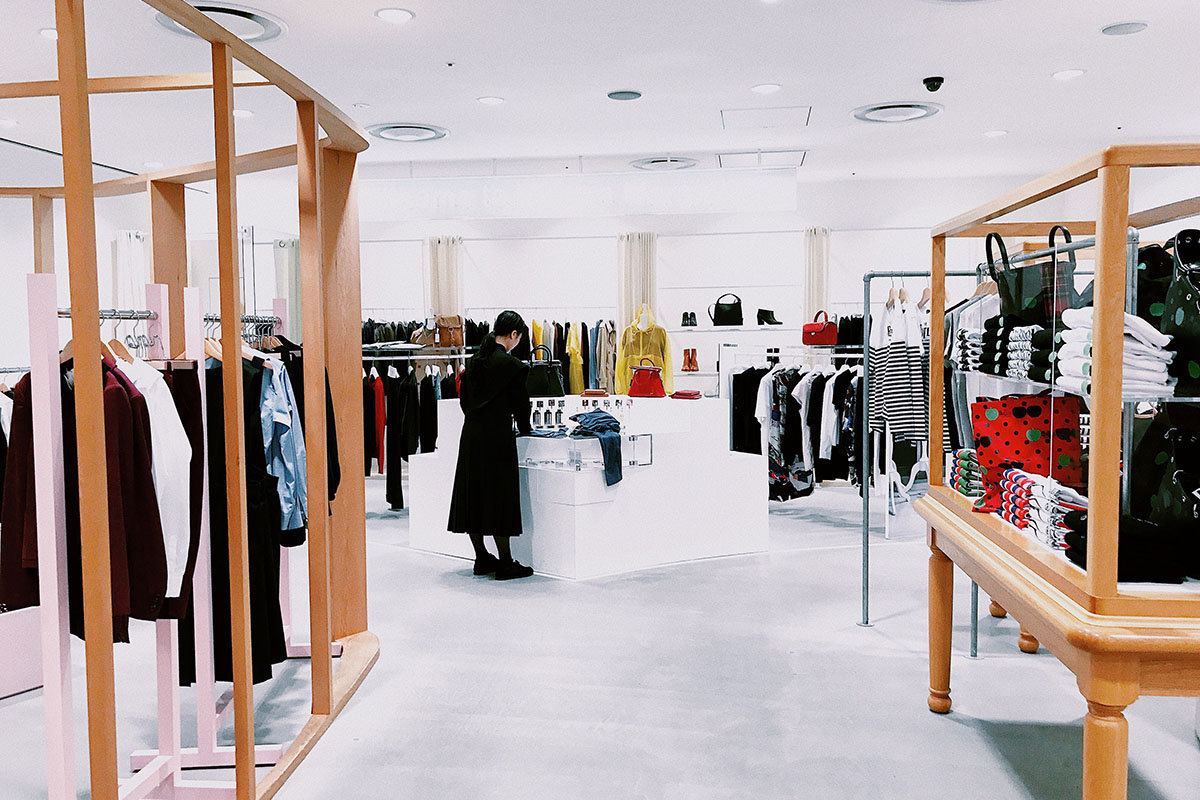Despite claims that e-commerce represents the end of brick-and-mortar retail stores, 2019 research found that 63 per cent of Australians still preferred shopping in-store to online.
Furthermore, most respondents surveyed indicated that they were generally willing to spend more money in-store than online.
The preference for physical stores was attributed to the hands-on immersive shopping experience that brick-and-mortar provides.
Consequently, the design and presentation of retail stores is more important than ever in providing an attractive consumer experience. But how do you create this?
Striking a balance in retail design:
Successful retail design strikes a balance between the aesthetic and the practical, according to Luke Johnson, a project director with local retail design specialists, 4 Retail.
“Traditionally, the focus has mainly been on aesthetics and flow,” he explained.
“However, without discounting the importance of look and feel, we also like to approach design from an operational perspective as well.”
Practical aspects to consider include stock holding capacity, interchangeability and flexibility, durability and longevity, power and data provision, standardisation and customisation, and storage capacity.
Johnson noted that functionality often competes with aesthetic considerations, such as allowing for sufficient display of products within the space while still creating a clean, minimalistic, flowing design aesthetic.
Similarly, storage of excess stock must be accounted for without sacrificing retail square meterage required for store flow and sales.
In both cases, Johnson said that balance and smart design were key.
“The store staff will thank you for it and it should also prevent you from taking on unnecessary floor space,” he said, adding that this was a common mistake for retailers.
New trends in retail design:
With the emergence of new technologies, Johnson has noted an increase in the incorporation of digital into physical retail spaces.
“We’re seeing a push to replace traditional display mediums, such as lightboxes and graphics, with digital displays, particularly in the shopfront zones to attract passing shoppers,” he said.
“As well as creating a dynamic environment that engages shoppers, digital displays reduce ongoing marketing expenses required for changing graphics every season.”
In addition to growth in digital, there has also been an increasing awareness of sustainability and environmental considerations.
“We’ve seen this in both fit-out materials, as well as retail product offerings,” said Johnson.
“Even some of the larger institutional landlords have unofficially relaxed the enforcement of refurbishment clauses that require entire stores to be rebuilt from scratch.”
Future-proofing and micro updates:
A common mistake that Johnson sees businesses make is not future-proofing their retail design from the outset.
“Future-proofing allows for changes in the product mix and business requirements,” he explained, citing fixtures that are compatible with multiple products as an example of design flexibility.
“By cleverly designing the space at the outset, a retailer can aim to have multiple micro updates throughout the course of a lease, as opposed to the traditional full refurbishment at the time of lease renewal.”
New fixture concepts, changing out soft furnishings, incorporating digital, repainting or recladding surfaces, and introducing new signage and virtual machines can all refresh a retail space without the need to replace expensive structural elements such as flooring and walls.
Cost-effectiveness and durability:
Another mistake that Johnson often sees is overcapitalisation on expensive, imported materials when cheaper local alternatives exist.
“You should always ask the question, ‘Will the customer know the difference?’” he said.
“Sourcing local or faux equivalents to more expensive finishes and proprietary products can offer significant savings.”
He also recommended always asking for long-lasting materials and reputable hardware brands, noting that durability should always be incorporated into retail design.
“Think about the impact points for trolleys, prams and other objects, and ensure that all elements are sufficiently protected,” said Johnson.
“Incorporate edge protection into everything, choose long-lasting and durable floor finishes and don’t skimp on the quality of shop front doors and hardware.”






